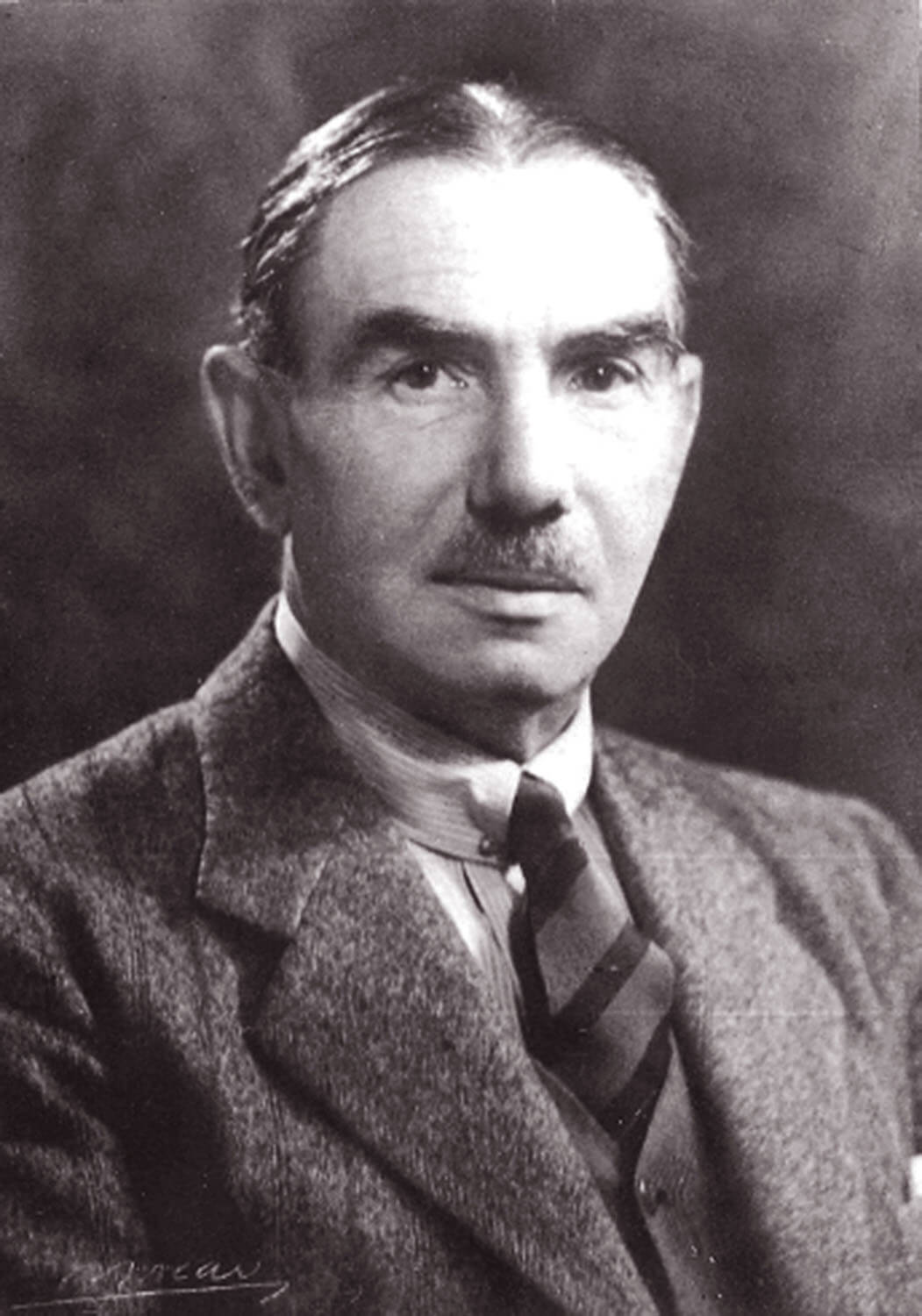Adda, Victor A. (1885-1965)
by Hadrien Rambach
Born in Alexandria, from a banking family installed in Cairo since before Napoleon’s expedition of 1798, living first under the protection of the Austro-Hungarian Consulate (and of the Greek Consulate after the outbreak of WWI), Victor Adda took over the family business which had been renamed Eastern Export Company. Born in an Italian-speaking household, educated in a French-speaking boarding-school in Geneva, trained in the cotton-plantations of the Greek-speaking Nile Delta region, Adda mastered Italian, French and English, but also Arabic and some Greek, which allowed him to develop many international relationships. Despite his company being confiscated after the war of 1948, he remained in Egypt until he had to escape to Europe, following the expulsion of Jews from Egypt in 1956-57, and he died in Rome.
Alexandria was a center of archaeological collecting amongst the Italian and Greek communities, a famous example being Antonis Benakis – the cotton merchant to whom we owe the Benaki museum in Athens. Adda became vice-president of the Société d’Archéologie, which supervised the Greco-Roman museum which the Italians had created in 1892. He himself formed an important collection of coins and antiquities – a passion which he developed in his teens. He was well-known, both in the Egyptian Jewish bourgeoisie and the European art world, and visits to his home inspired other collectors such as Jean Claude Gandur. In one of his daughter’s words: “the collection was so well known and admired by experts that the king of Italy himself, Victor Emmanuel III, a great coin collector, expressed the desire to see it during his exile in Alexandria and was received by my father at our home”.
Around 1960, Adda wrote a meticulous catalogue of his coins. The catalogue, in French, contained the weight of each coin, and its description with a reference to Henry Cohen’s catalogue (the price in pencil being later estimates, by Leo Mildenberg and Silvia Hurter of Bank Leu, prior to the Christie’s auction). Alas, he never indicated their provenance – a most regrettable fact, typical of his time, which illustrates the difficulties faced when trying to trace back antiquities – luckily, many provenances have since been identified. He had acquired his first coin in his teens, and continued to buy coins until his death (a Nectanebo II stater was bought from Leo Mildenberg in 1964), from local Egyptian finds (saving the coins from a likely melt), from international dealers (he was a friend of Mario de Ciccio, but also to Cahn, Hirsch, Vinchon, Nahman and the Santamarias, and he even bought Bosporus coins from an empoverished collector from Russia), and from auctions which he attented or where he was represented (notably Caruso in 1923, Bement in 1924, Trau in 1935, and Sartiges in 1938).
His large collection, amounting to 1011 pieces, contained an exceptional group of Ptolemaic gold and silver coins – of which many third-century issues from the Benha hoard of 1936. In addition to 106 Egyptian coins, Adda owed coins from the Delta hoard, 28 Greek coins, 65 Bosphorus staters, 38 Byzantine gold coins, and 761 Roman gold coins. Of these, some 510 Roman and Byzantine gold coins, were auctioned anonymously as “The Property of a Lady” by Christie’s in London, on 9 October 1984 and 8 October 1985. Some Late Roman coins were offered in Bank Leu, auction 77, 11 May 2000. A group of 75 aurei, which were still in the collection of one of the collector’s daughters, Mrs. Giovanna ‘Jackie’ Adda Coen, were offered in 2015 to the Israel Museum, Jerusalem. As written by Arturo Russo, the Adda “collection [is] one of the best for Roman imperial aurei ever to have been assembled by a private individual”.
Bibliography:
- Haim Gitler and Gil Gambach (eds), Faces of Power. Roman Gold Coins from the Victor A. Adda Collection, Formigine (MO) 2017.
- Hadrien Rambach, “Provenance glossary”, in Numismatica Ars Classica, Auction 91: the George W. La Borde collection of Roman aurei – part I, Zurich, 23 May 2016, pp. [67]-[79].
- Hadrien Rambach, “Provenance glossary”, in Numismatica Ars Classica, Auction 99: the George W. La Borde collection of Roman aurei – part II, Zurich, 29 May 2017, pp. 47-63.
- Hadrien Rambach, “Provenance glossary”, in Numismatica Ars Classica, Auction 105: the George W. La Borde collection of Roman aurei – part III, Zurich, 9 May 2018, pp. 82-105.
This article was first published in a catalogue of auction house Numismatica Ars Classica.







